Lichens of Nepal: Checklist
Contents: 1. Introduction. 2. Methods of Lichens identification. 3. History of lichen exploration in Nepal. 4. Economic and ecological importance. 5. Lichen diversity and checklist. 6. References. Photoplates.
Lichen is commonly known as "JHYAU" in Nepali. Lichen is a life form with a natural attachment between two organisms: an alga and a fungus together in a symbiotic association. The algal component in the lichen is called phycobiont or photobiont (Blue Green algae and/or green algae) and the fungal component is called mycobiont (Ascomycetes or Basidiomycetes). Nature can only combine these two components to each other. Lichens are also called ascolichen and basidolichen based on their fungal partner of their association.
Among the 20,000 species of lichens so far believed to be existing in the world, 95% among them are the Ascomycetes group of fungi while the remaining are the Bacidiomycetes and Deuteriomycetes of 3 and 2% each. Lichens are basically classified as crustose, foliose and fruticose based on their thallus structure.
Lichens grow and multiply by all three reproductive methods: vegetative, asexual, and sexual. Vegetative is the most common method of multiplication in which fragments detach from the mother thallus by means of certain external force. Detached fragment grows to separate individual. Asexual reproduction takes place by asexual spores such as soridia or isidia. Each asexual spore converts to lichen thallus after landing in any suitable habitats. Sexual reproduction fully depend on fungal partner until formation of sexual spore. Germination of fungal spore takes place after dispersal thus gives rise to a primary thallus. Lichen formation will take place after falling gonidia or algal asexual spores of specific taxa upon the primary thallus.
The first lichen collection in Nepal was made by Nathanial Wallich in 1820-21. His collections were studied and described by Taylor in the same year and reported nine species as new to science. These were Alectoria spinosa, Parmelia atrocapilla, P. diademata, P. exsecta, P. nepalensis, P. wallichiana, Sticta wallichiana and Usnea compressa. Nylander in 1860 published a monumental work on lichens entitled Synopsis Methodica Lichenum that included some of the Nepalese specimens collected by Sir J. D. Hooker and Thompson during 1846-1848.
Lichens have been used as food, medicine, dyes, perfume, ritual and aesthetic value by certain communities of people and in decorative purposes. Most of their secondary metabolites have been used in cosmetics, pharmaceuticals etc.
The present checklist of lichens of Nepal enumerated 1129 taxa including infra-specific categories. They were belonging to 237 genera and 66 families. Cladonia was the largest genera having 81 species followed by Lecanora, Usnea, Parmotrema, Caloplaca, Leptogium and others.
Get it now and save 10%
BECOME A MEMBER

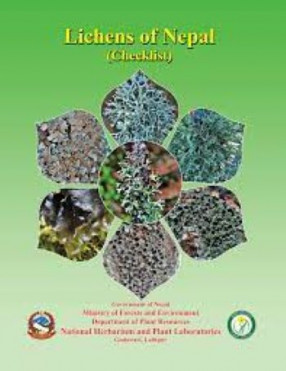
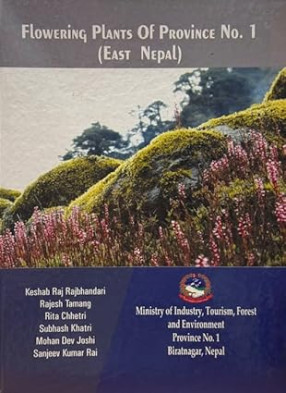
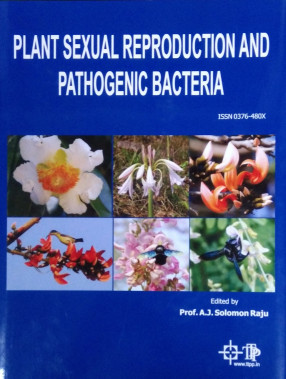
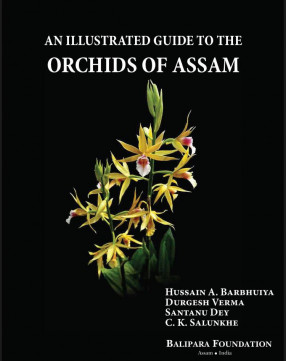
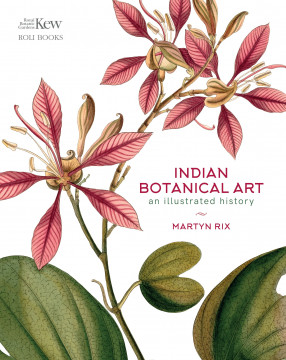


Bibliographic information
Rajesh Tamang
Amrit KC